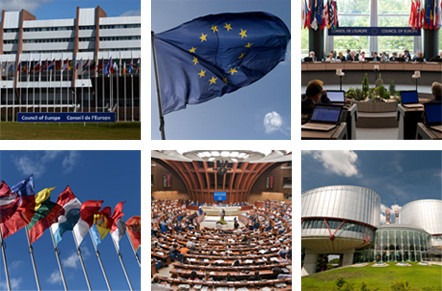Over the last year, protests have multiplied across the planet, from Chile to Hong-Kong. Europe is not left out of this wave of demonstrations. Protests are taking different forms, from large and repeated demonstrations to the occupation of public places and spontaneous assemblies. The use of social media is also transforming the way assemblies are organised and managed.
The reasons for this increasing mobilisation of protesters across Europe are manifold. They include economic inequalities, decreasing trust in the traditional political elites and institutions, violations of human rights and democratic rules and, in general, the will of entire segments of our societies to be better heard.
Demonstrating is a way for citizens to engage in public debates on societal and political problems. Protecting the right to freedom of peaceful assembly is therefore crucial for the good health of democratic societies. Council of Europe member states have long acknowledged this fact and this right is therefore enshrined in many national constitutions. Moreover, the European Court of Human Rights (the Court) has over the years developed substantial case-law concerning the right to freedom of peaceful assembly, enshrined in Article 11 of the European Convention on Human Rights (ECHR).



